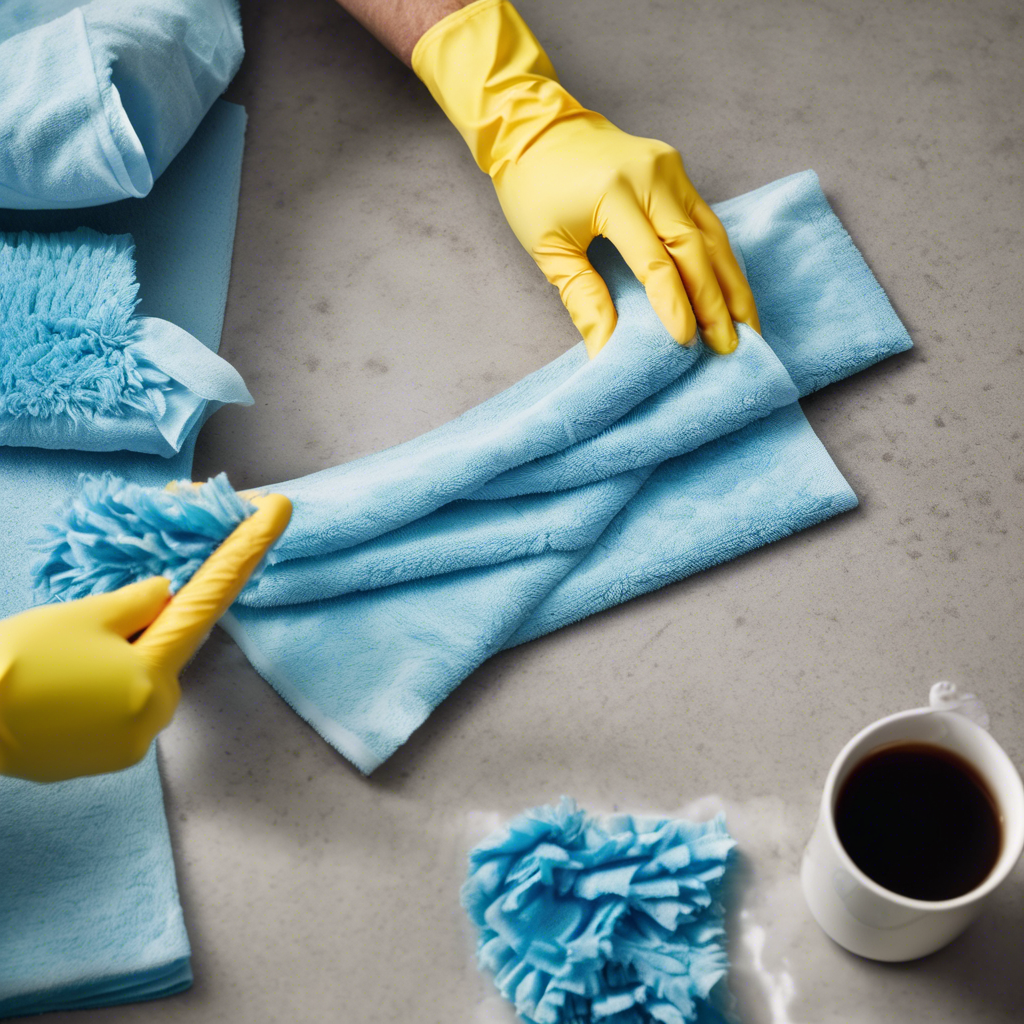The Unexpected Power of Microfiber: Revolutionizing Commercial Cleaning
We’ve all been there: the post-cleaning haze, the lingering scent of disinfectant that smells suspiciously like regret, the nagging feeling that something—everything—is still just a *little* bit grimy. Commercial cleaning, for all its seeming simplicity, is a complex dance of efficiency and efficacy. And yet, a small, unassuming player has emerged to rewrite the rules: the humble microfiber cloth. It’s a silent revolution, you might say, one that’s sweeping through offices and hospitals, gyms and hotels, leaving behind a sparkling wake of cleanliness.
Now, I know what you’re thinking: “Microfiber? Isn’t that just a fancy name for a slightly better sponge?” Ironically, this very question highlights the profound shift microfiber represents. While traditional methods often relied on brute force (and copious amounts of harsh chemicals), microfiber operates on a far more sophisticated level.
The Science of Small: How Microfiber Works Its Magic
The magic lies in the fiber itself. Unlike cotton, which has relatively large, smooth fibers, microfiber is composed of incredibly fine filaments – typically polyester and polyamide blends – splitting light itself, creating a remarkably soft yet highly effective cleaning tool. These microscopic fibers create an electrostatic charge, attracting and trapping dust, dirt, and even bacteria like a microscopic spiderweb 🕸️. This means less scrubbing, less chemicals, and – the ultimate irony – less work for the cleaner. It’s almost poetic.
Think of it as a contrast between a sledgehammer and a scalpel. The sledgehammer (traditional methods) might get the job done, but it’s clumsy and potentially destructive. The scalpel (microfiber) is precise, efficient, and leaves a far cleaner, more polished result. The difference is subtle but profound.
Studies have shown that microfiber cloths, when used correctly, can remove up to 99% of bacteria from surfaces. This is a significant leap forward compared to traditional methods.
Beyond the Sparkle: The Unexpected Benefits
The environmental impact is also considerable. Microfiber’s efficiency translates to less water and cleaning solution usage, leading to significant cost savings and a reduced ecological footprint 🌎. It’s a green revolution disguised as a cleaning solution. This is a stark contrast to the era of aggressively harsh chemicals that were standard for so long.
Remember that time I accidentally spilled red wine on my best white shirt? The cleaning lady managed to get every last drop out. I was so impressed, I swear I had to check if she was a magician. She used microfiber.
Furthermore, microfiber cloths are incredibly durable, lasting significantly longer than their cotton counterparts, reducing waste and further lowering the overall cost of cleaning. It’s the ultimate long-term investment, a testament to the fact that sometimes, the best solutions are the simplest, most sustainable ones.
Choosing and Caring for Your Microfiber Arsenal
Not all microfiber is created equal. Look for high-quality cloths with a high thread count for optimal performance. And the irony here? Proper care is paramount. Washing them in hot water (without fabric softener!) maintains their electrostatic charge and longevity – a simple act that dramatically extends their lifespan.
The Future is Micro: A Cleaning Revolution Continues
Microfiber technology continues to evolve, with new materials and designs constantly emerging. From specialized cloths for specific surfaces to innovative cleaning systems, the microfiber revolution is far from over. It’s a testament to the power of innovation: a simple cloth, reimagined, transforming an industry.
So next time you see a gleaming surface, remember the silent workhorse behind the shine—the microfiber cloth. It’s not just about cleanliness; it’s about efficiency, sustainability, and a subtle, yet powerful, shift in how we approach the very act of cleaning.
